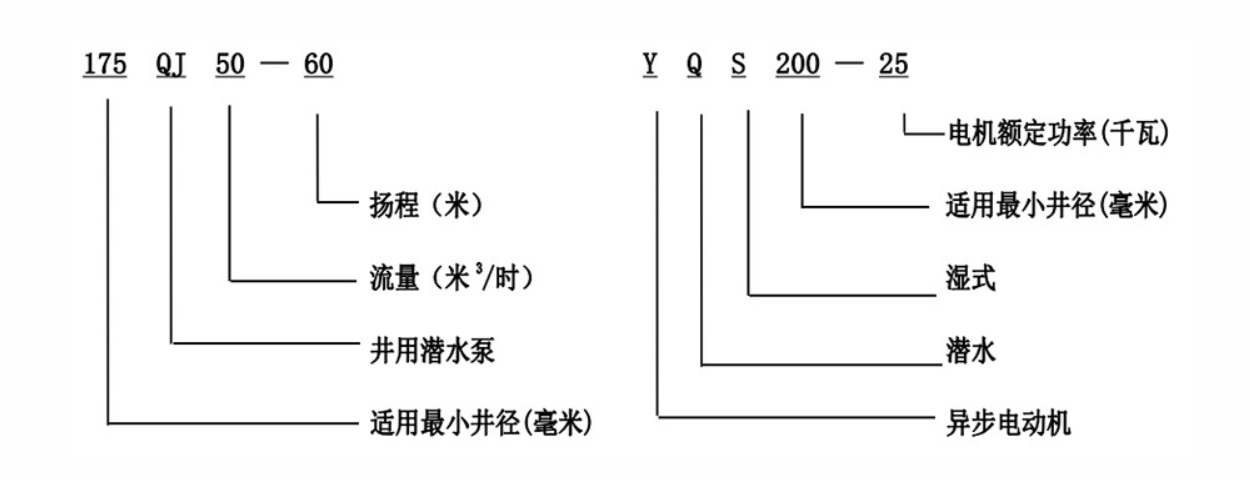Nov . 05, 2024 23:58 Back to list
Efficient Deep Well Water Extraction with Multistage Submersible Pump Technology
Multistage Submersible Pumps An Overview
Submersible pumps are an essential component in various industries, particularly in water extraction and management applications. Among the different types of submersible pumps, multistage submersible pumps are renowned for their efficiency, high performance, and versatility. This article explores the features, applications, advantages, and considerations associated with multistage submersible pumps.
What is a Multistage Submersible Pump?
A multistage submersible pump is designed to pump water from deep underground by using multiple impellers, also known as stages. Each stage consists of an impeller and a diffuser, which work together to increase the pressure and lift water to the surface. The series arrangement of multiple stages allows these pumps to achieve higher head (pressure) compared to single-stage pumps, making them ideal for various demanding applications.
Key Features
Multistage submersible pumps typically have several defining features
1. High Efficiency With multiple impellers, these pumps can operate more efficiently, moving larger volumes of water with less energy consumption.
2. Variable Flow Rates Depending on the number of stages and the application, these pumps can be designed to handle different flow rates, providing flexibility for varying operational needs.
3. Durability Made from robust materials like stainless steel or cast iron, multistage submersible pumps are built to withstand tough conditions, including corrosion and wear, especially in abrasive environments.
4. Compact Design Since they are submerged in the fluid they pump, these pumps have a compact structure that saves space and simplifies installation, particularly in confined locations like deep wells.
Applications
Multistage submersible pumps are widely used in multiple sectors, including
- Agriculture Farmers utilize these pumps for irrigation purposes, extracting water from deep wells or aquifers to support crop growth.
- Municipal Water Supply Many cities use multistage pumps to provide a consistent and reliable supply of water to residents, especially in areas where groundwater levels are significantly low
.- Industrial Processes These pumps serve various industrial applications, such as cooling systems, wastewater treatment, and chemical processing, where high pressure and reliability are crucial.
multistage submersible pump

- Firefighting Systems In some cases, multistage submersible pumps are integrated into firefighting systems to ensure an adequate water supply at necessary pressures.
Advantages of Multistage Submersible Pumps
The benefits of using multistage submersible pumps are numerous
- Enhanced Pressure Capability Their design allows for significant elevation lifting, making them suitable for applications requiring water to be moved over long distances or heights.
- Energy Savings The high efficiency of these pumps translates to lower operational costs, as they require less energy to maintain the desired flow rate and pressure.
- Reduced Noise Levels Being submerged in water, these pumps operate quietly compared to conventional surface pumps, making them suitable for residential areas.
- Minimal Maintenance With proper installation and care, multistage submersible pumps can provide reliable service with reduced maintenance requirements over time.
Considerations When Selecting a Multistage Submersible Pump
Choosing the right multistage submersible pump involves various considerations
- Flow Rate Requirements Determine the required flow rate for your application to ensure the selected pump meets your needs.
- Total Dynamic Head (TDH) Calculate the TDH, which considers the vertical lift, friction losses, and pressure requirements to ensure the pump can handle the job.
- Material Compatibility Select a pump made from materials compatible with the fluid media to prevent corrosion and other chemical reactions.
- Power Supply Assess the availability and reliability of the power supply, considering electrical options and backup systems if necessary.
In conclusion, multistage submersible pumps are vital tools in various applications, offering high efficiency, durability, and flexibility. Understanding their features and applications can help industries select the right type of pump to meet their specific needs, ensuring reliable water management solutions.
-
Submersible Water Pump: The Efficient 'Power Pioneer' of the Underwater World
NewsJul.01,2025
-
Submersible Pond Pump: The Hidden Guardian of Water Landscape Ecology
NewsJul.01,2025
-
Stainless Well Pump: A Reliable and Durable Pumping Main Force
NewsJul.01,2025
-
Stainless Steel Submersible Pump: An Efficient and Versatile Tool for Underwater Operations
NewsJul.01,2025
-
Deep Well Submersible Pump: An Efficient 'Sucker' of Groundwater Sources
NewsJul.01,2025
-
Deep Water Well Pump: An Efficient 'Sucker' of Groundwater Sources
NewsJul.01,2025
-
 Submersible Water Pump: The Efficient 'Power Pioneer' of the Underwater WorldIn the field of hydraulic equipment, the Submersible Water Pump has become the core equipment for underwater operations and water resource transportation due to its unique design and excellent performance.Detail
Submersible Water Pump: The Efficient 'Power Pioneer' of the Underwater WorldIn the field of hydraulic equipment, the Submersible Water Pump has become the core equipment for underwater operations and water resource transportation due to its unique design and excellent performance.Detail -
 Submersible Pond Pump: The Hidden Guardian of Water Landscape EcologyIn courtyard landscapes, ecological ponds, and even small-scale water conservancy projects, there is a silent yet indispensable equipment - the Submersible Pond Pump.Detail
Submersible Pond Pump: The Hidden Guardian of Water Landscape EcologyIn courtyard landscapes, ecological ponds, and even small-scale water conservancy projects, there is a silent yet indispensable equipment - the Submersible Pond Pump.Detail -
 Stainless Well Pump: A Reliable and Durable Pumping Main ForceIn the field of water resource transportation, Stainless Well Pump has become the core equipment for various pumping scenarios with its excellent performance and reliable quality.Detail
Stainless Well Pump: A Reliable and Durable Pumping Main ForceIn the field of water resource transportation, Stainless Well Pump has become the core equipment for various pumping scenarios with its excellent performance and reliable quality.Detail
